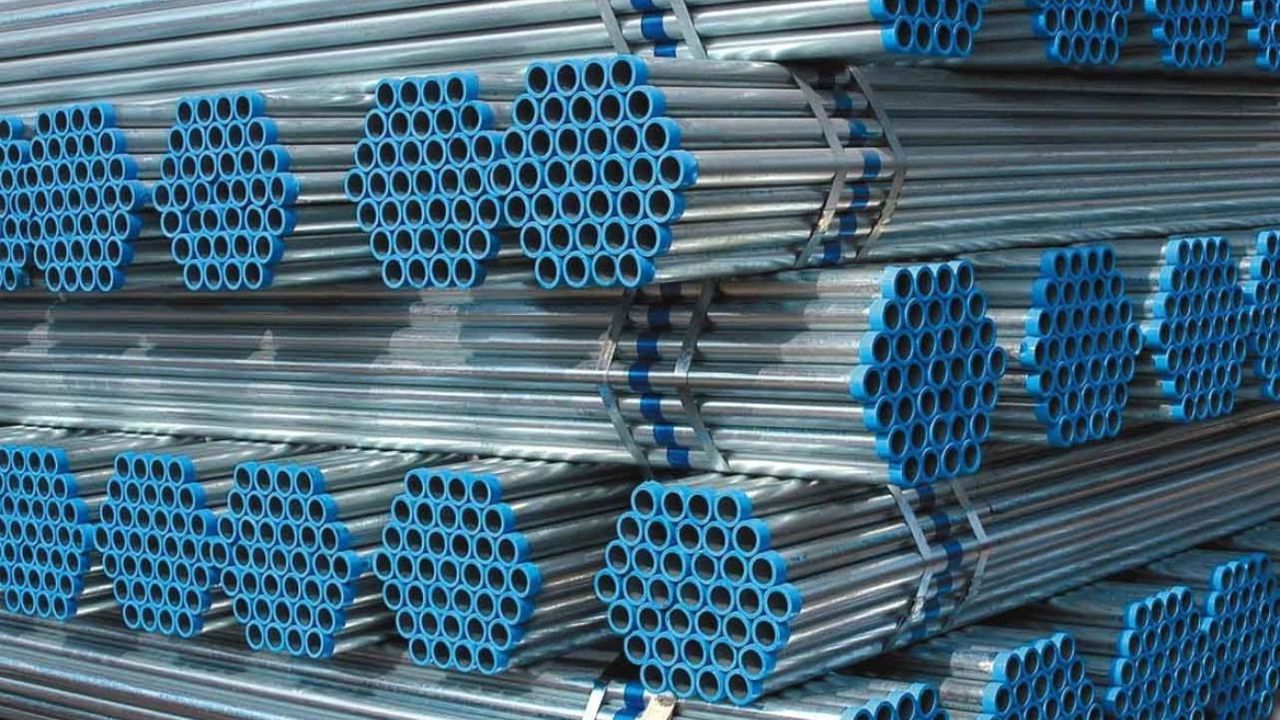Many industries rely upon metallic tubes for their very existence. These incorporate construction ventures, plumbing networks, petroleum and fuel distribution, and fabrication facilities. Steel pipes are generally manufactured according to Schedule 20 or Schedule 40 dimensional norms. Given that distinct undertakings involve dissimilar necessities, comprehending the objectives of every standard proves useful. Let’s look at Schedule 20 Vs Schedule 40 steel pipes, what they are best suited for.
Learning about Schedule 20 and Schedule 40 Steel Pipes
The strength and pressure handling of a pipe depends on its wall thickness which is listed in pipe schedules. Schedules 20 steel pipes are thinner than others and are often used where reducing pressure and weight is the main concern. Alternatively, Schedule 40 steel pipes have thicker walls which makes them fit for tough mechanical and high pressure situations.
Through an agreement by the ANSI and ASTM, the term “Schedule” is used to sort pipe thicknesses by nominal pipe size. For the same size nominal pipe, the outer diameter does not change, but the inner diameter and thickness vary which influences how strong and durable the pipe is.
Pressure Rating and Performance
The internal pressure capacity in a pipe is related to the thickness of its walls. Due to their thick walls, Schedule 40 pipes are made to handle higher pressures. Because Schedule 20 pipes can withstand up to 150-200 PSI, they are suitable for use in home water systems, irrigation, and ventilation. Because they can manage situations above 300 PSI, these pipes are often used in industry, oil and gas deliveries, fire security, and areas with high-pressure needs.
For this reason, these pipes are generally selected where pipes must be secure and long-lasting under pressure. To avoid problems and make sure the system stays in service, you must pick a pipe schedule that meets the system’s pressure needs.
Weight and Cost Considerations
The reason a steel pipe’s weight changes is that Schedule 20 is thicker and has a bigger wall than Schedule 40. Pipes made from Schedule 40 material are heavier than those of the same nominal size. To put it another way, a 2-inch Schedule 20 pipe weighs 1.8 pounds per foot, though a 2-inch Schedule 40 pipe weighs around 3.65 pounds per foot. Because of this, the pipe costs more to transport and handle, but it becomes more durable.
Because Schedule 20 requires less material, it is less expensive to buy than Schedule 40. For this reason, these pipes are used in places where funds are not plentiful or the pipes will see only low pressure. Schedule 40 is more expensive at purchase, but it is a better investment because it lasts a long time and needs less care in challenging areas.
Usual Ways It Is Used
The settings in which Schedule 20 and Schedule 40 pipes are used are not the same because of how they perform. Scheduling 20 is popular for use in residential plumbing, irrigation systems and ventilation ducts since it can stand up to low pressure and mechanical forces. Where both weight and how quickly the installation can be done are key, window frames are often used.
On the other hand, industrial applications where strong pressure and loads are needed often choose Schedule 40 pipes. Oil and gas pipelines, fire sprinkler systems, heavy machinery connections, and industrial water transport are all part of these. Because of its thick walls, Schedule 40 handles corrosion, distortion, and mechanical impact better and is therefore commonly used for important projects.
Typical Application Scenarios
To choose the right pipe schedule, you should consider the system’s pressure, your budget, the surroundings of the pipe and its planned life in service. Schedule 20 pipes are usually enough and economical for systems that function under 200 PSI and have light mechanical requirements. High-pressure systems, industry applications and places where pipe strength is essential usually call for using Schedule 40 pipe.
The choice of pipe schedule is affected by industry standards and codes. An example is that main lines that need high pressure must use Schedule 40 pipes from ASME B36.10, but branch lines and less demanding systems can use Schedule 20 instead.
Conclusion
On the whole, the thickness of Schedule 20 and Schedule 40 steel pipes is what sets their pressure rating, weight, cost, and applications. Because they both weigh less and cost less, 20 pipes are offered for less demanding and lighter applications. Thick walls, high pressure tolerance, and durability are why schedule 40 pipes fit well in demanding industrial areas. Gaining knowledge of these differences means engineers, contractors, and buyers can choose the best pipe for their work, helping to protect, support, and economize their projects.
